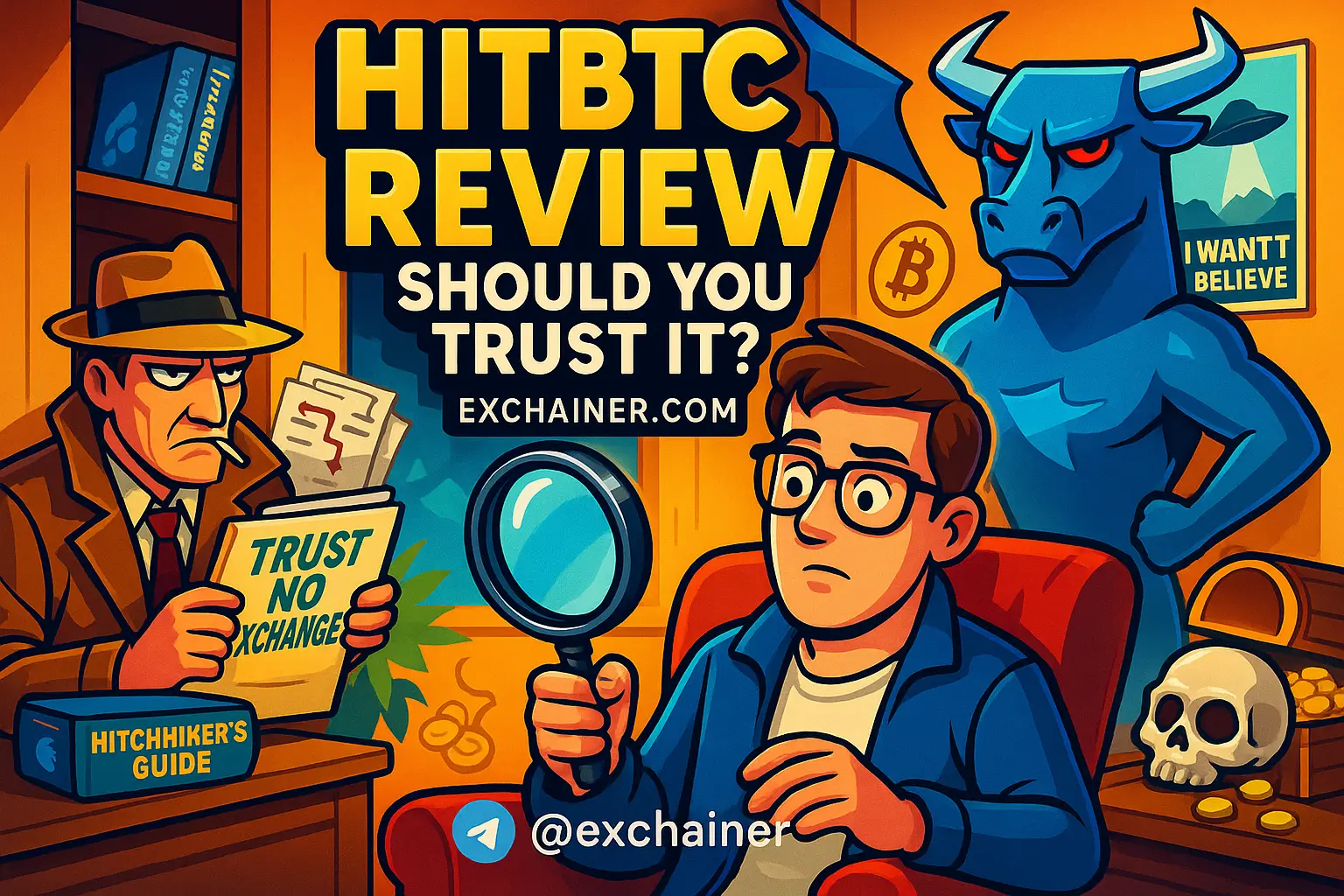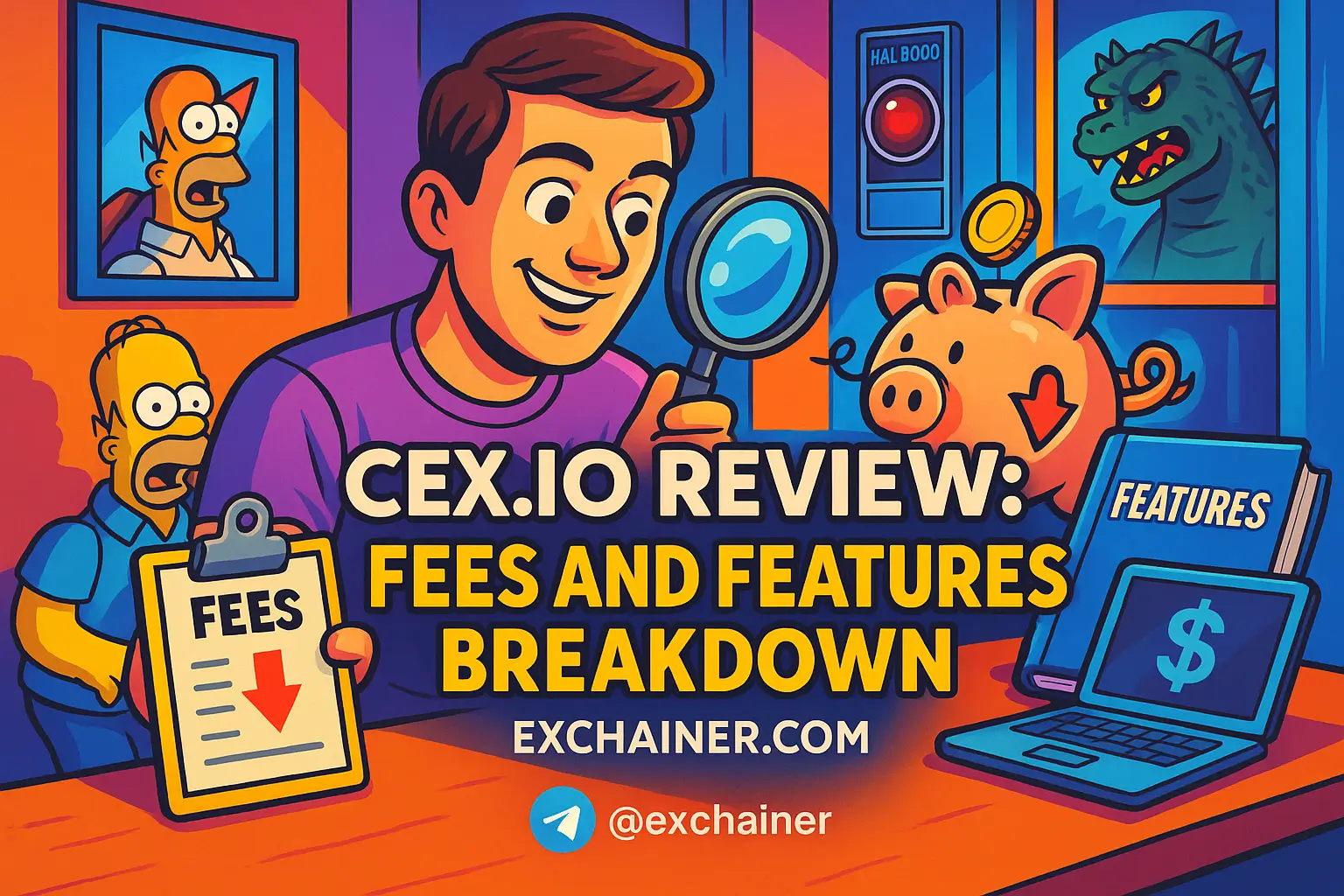Crypto mining has rapidly evolved into a lucrative venture, drawing in both novices and seasoned enthusiasts alike. For many, it’s an appealing way to earn cryptocurrency and partake in the blockchain revolution. But here’s the catch: while the allure of crypto mining can be tempting, it demands careful budgeting to ensure profitability. If you find yourself curious about how to get started and what costs to expect, this guide is tailor-made for you. Here, we will delve into the intricacies of budgeting for crypto mining costs, covering everything you need to know to get started on solid financial footing.
Understanding how to manage expenses effectively can prevent mishaps and promote a rewarding mining operation. By the end of this article, you’ll have the foundational knowledge necessary to make informed decisions about your mining activities, creating a sustainable approach to your crypto journey. So, let’s dive in and explore what you need to consider when budgeting for crypto mining costs!
Understanding Crypto Mining Basics
Before you jump into budgeting, it’s key to understand the ins and outs of crypto mining itself. So, what is crypto mining? Simply put, it’s the process of validating transactions on a blockchain and recording them in a public ledger. Miners utilize computational power to solve complex mathematical problems, and those who succeed get to add a block of transactions to the blockchain, receiving cryptocurrency as a reward in return.
You can mine cryptocurrencies using a couple of different approaches, primarily through ASIC miners or GPU mining rigs. ASIC miners are designed specifically for mining and are often more powerful but can also be quite costly. On the other hand, GPU rigs leverage graphics cards, which can be used for other tasks, making them a versatile choice for beginners.
Whether you’re leaning towards ASICs or GPUs, understanding these fundamentals will shape your budgeting strategies. The type of hardware you choose directly impacts your initial investment and ongoing costs like energy consumption and maintenance.
Initial Investment: Hardware and Setup
When starting your mining venture, the initial investment can be a game-changer. For a feasible setup, you can consider mid-range GPU mining rigs or older ASIC models. For instance, budget-friendly GPUs like the Nvidia GeForce GTX 1660 Super or AMD Radeon RX 570 provide solid performance without breaking the bank.
If you’re considering ASIC miners, older models such as the Bitmain Antminer S9 can be found at better prices compared to newer, more efficient variants. However, these older models may consume more power and produce less hash rate.
Key Components for a Budget Mining Rig:
- GPU: Nvidia GeForce GTX 1660 Super or AMD Radeon RX 570
- CPU: Intel Pentium G4560 or AMD Ryzen 3 1200
- Motherboard: ASRock H81 Pro BTC
- RAM: 4GB to 6GB of DDR4 RAM
- Storage: A small SSD (120GB)
- Power Supply Unit (PSU): A reliable 600-watt PSU from a reputable brand
- Frame: You might choose to build your own frame or purchase a cost-effective mining frame
Investing in the right components ensures you’re not only efficient from the get-go but also minimizes potential hardware failures.
Ongoing Costs: Electricity and Maintenance
Once your mining rig is up and running, the ongoing costs will primarily revolve around electricity and maintenance. Electricity costs can often surprise new miners, especially if they’re running their equipment 24/7.
To get an accurate idea of your electrical expenses, start by checking your local electricity rates and use an online mining calculator. These calculators will help you estimate the profitability of your operations, taking into account factors like hardware depreciation and maintenance expenses. Keep in mind: mining profitability goes hand-in-hand with electricity costs, so calculating this accurately can be a make-or-break issue for your venture.
Here are some quick tips to reduce electricity costs:
- Use energy-efficient hardware.
- Monitor your miner’s performance regularly with software tools.
- Schedule your mining operation during off-peak electricity hours if your local rates vary.
Choosing the Right Cryptocurrency
Next up, think carefully about which cryptocurrency to mine. This decision can significantly impact your mining profitability. When starting, it’s often wise to consider mining less competitive altcoins. These coins generally have lower difficulty levels compared to heavyweights like Bitcoin or Ethereum, giving you a better chance to rack up rewards without facing the fierce competition.
Focus on mid-tier coins that have good potential for growth. Research emerging trends, market capitalizations, and community support to help determine which cryptocurrencies align best with your strategy. This step will require diligence, as market conditions can fluctuate.
Remember the adage, “Don’t put all your eggs in one basket.” Diversifying your portfolio by mining multiple currencies may insulate you against sudden market drops.
Optimizing for Efficiency
As you ramp up your mining activities, consider efficiency optimization. This includes things like overclocking your hardware to boost performance or undervolting to reduce power consumption without sacrificing efficiency. Each of these steps requires careful testing and monitoring, but they can pay off substantially in the long run.
Proper cooling is also vital. Overheating can damage your equipment and lead to costly repairs. Invest in quality cooling systems or strategically place your mining rig in a well-ventilated area.
Monitoring tools built into mining software can help track your hash rate, temperature, and power consumption, so keep an eye on those metrics to maximize performance and extend your rig’s lifespan.
Software and Monitoring
Selecting the right mining software is another critical component of your budgeting strategy. Popular options like CGMiner, BFGMiner, and EasyMiner offer comprehensive features to manage your mining operations effectively. Each of these tools has its strengths, so pick one that aligns best with your equipment and mined cryptocurrency.
Utilize the software’s built-in monitoring tools. Keeping tabs on your rig can help you adjust parameters to ensure optimal performance. For instance, if your temperatures are running high, you can adjust or upgrade your cooling solutions.
Don’t forget: regular maintenance – such as cleaning dust and monitoring for hardware malfunctions – can save you costly repairs down the road.
Joining Mining Pools
If you’re looking for a more consistent payout, think about joining a mining pool. Mining pools aggregate the computational power of multiple miners, allowing for easier blocks to be solved. While your payouts will be divided among pool members, consistent small rewards can be preferable for those with less powerful hardware.
Research different mining pools, as each comes with varying fees and payout structures. Some well-known pools include F2Pool, Poolin, and Slush Pool. A little research here can go a long way in ensuring you’re involved in a reputable and well-structured mining pool.
Legal and Regulatory Considerations
Budgeting for crypto mining shouldn’t stop at hardware and electricity; local regulations can play a pivotal role in your mining profitability. Many jurisdictions have specific laws and guidelines about cryptocurrency mining. Before you jump in, make sure you’ve done your due diligence on local laws that might affect your mining activities.
From the legality of mining operations to potential taxation on earned tokens, understanding these regulations is essential. This knowledge could save you from future headaches, financial penalties, or even the shutdown of your operation.
Conclusion
Budgeting for crypto mining involves a meticulous approach to both initial investment and ongoing expenses. From selecting the right hardware and cryptocurrency to managing your energy consumption and maintenance costs, these decisions will significantly impact your profitability. Remember, it’s not just about mining; it’s also about strategic planning.
As you step into the world of cryptocurrency mining, make sure to optimize your setup and remain informed about market fluctuations. The journey can be rewarding, but it needs a blend of strategy, patience, and a little bit of luck.
Interested in further learning? Explore more guides on Exchainer.com, check out Exchange Reviews for safe trading platforms, stay updated with the latest news, and discover useful tools and wallets for your crypto journey! Whether you’re just starting or looking to deepen your knowledge, there’s always more to learn in the evolving world of cryptocurrency.
Ready to dive deeper into the world of cryptocurrency and stay updated with the latest trends? Join our vibrant community on social media! Follow us on YouTube for insightful videos, connect with us on X for real-time updates, explore stunning visuals on Instagram, and engage with our community on Facebook.












